Porcelain ceramics, a material renowned for its durability, aesthetic appeal, and versatility, has been a cornerstone of human civilization for centuries. From ancient Chinese pottery to modern architectural marvels, porcelain ceramics have evolved significantly, adapting to the needs and tastes of each era. As we look to the future, the outlook for porcelain ceramics is shaped by technological advancements, sustainability concerns, and shifting market dynamics. This article explores the key trends and innovations that are likely to define the future of porcelain ceramics.
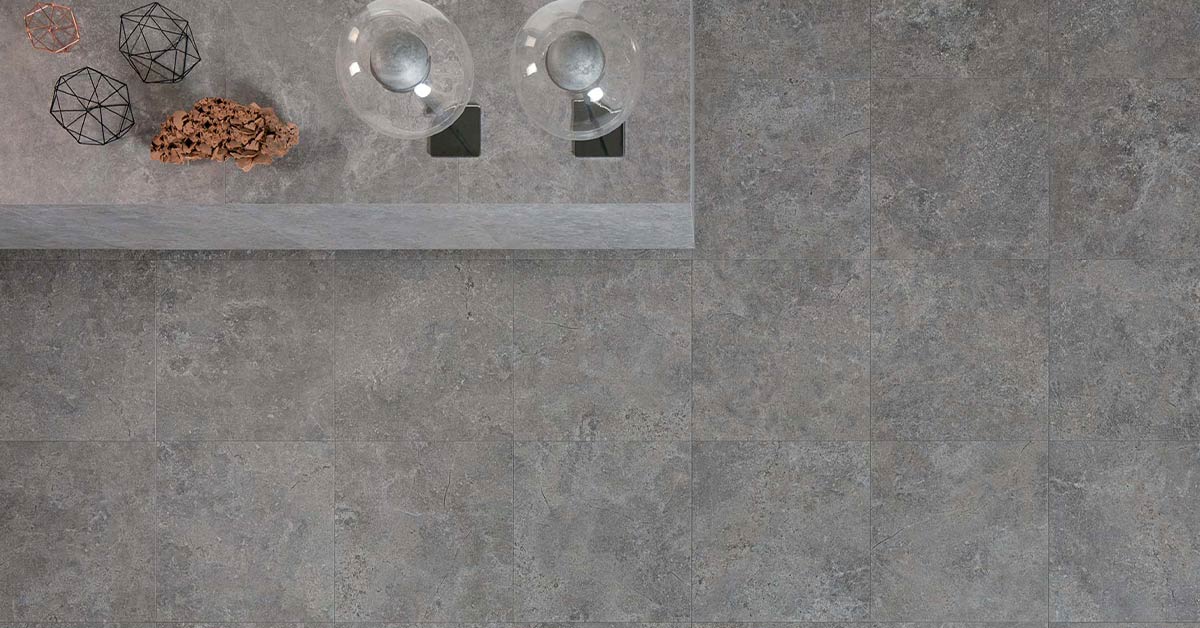
۱. Technological Advancements and Innovation
The future of porcelain ceramics is closely tied to technological innovation. Advances in materials science, manufacturing processes, and digital technologies are driving the development of new types of porcelain ceramics with enhanced properties.
Advanced Materials: Researchers are exploring the use of nanotechnology to create porcelain ceramics with improved strength, flexibility, and thermal resistance. These advanced materials could open up new applications in industries such as aerospace, automotive, and electronics, where high-performance ceramics are in demand.
۳D Printing: Additive manufacturing, or 3D printing, is revolutionizing the way porcelain ceramics are produced. This technology allows for the creation of complex, customized shapes that were previously impossible to achieve with traditional methods. As 3D printing technology continues to mature, it is expected to enable more efficient production processes and reduce material waste.
Smart Ceramics: The integration of sensors and electronic components into porcelain ceramics is another exciting area of development. Smart ceramics could be used in a variety of applications, from self-cleaning surfaces to energy-efficient building materials. For example, ceramic tiles with embedded sensors could monitor temperature, humidity, and other environmental factors, contributing to the development of smart homes and cities.
۲. Sustainability and Environmental Concerns
As global awareness of environmental issues grows, sustainability is becoming a key consideration in the production and use of porcelain ceramics. The industry is under increasing pressure to reduce its environmental footprint, from raw material extraction to end-of-life disposal.
Eco-Friendly Production: Manufacturers are exploring ways to make the production of porcelain ceramics more sustainable. This includes using recycled materials, reducing energy consumption, and minimizing waste. For example, some companies are developing porcelain ceramics made from recycled glass and other post-consumer materials, reducing the need for virgin raw materials.
Energy Efficiency: The firing process used to produce porcelain ceramics is energy-intensive, but new technologies are emerging to make it more efficient. For instance, the use of microwave-assisted sintering can significantly reduce the energy required to fire ceramics, lowering greenhouse gas emissions.
Circular Economy: The concept of a circular economy, where materials are reused and recycled rather than discarded, is gaining traction in the ceramics industry. Companies are exploring ways to design porcelain ceramics that can be easily disassembled and recycled at the end of their life cycle. This approach not only reduces waste but also creates new business opportunities in the recycling and refurbishment sectors.
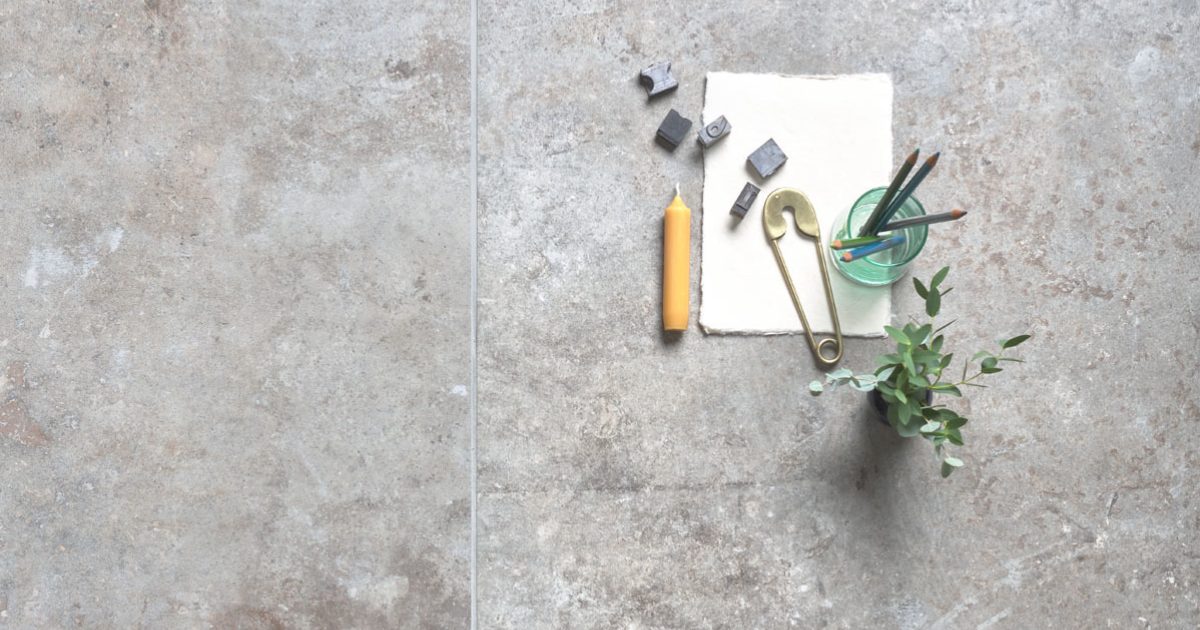
۳. Market Trends and Consumer Preferences
The future of porcelain ceramics is also influenced by changing market dynamics and consumer preferences. As the global economy evolves, new opportunities and challenges are emerging for the ceramics industry.
Urbanization and Infrastructure Development: Rapid urbanization, particularly in emerging economies, is driving demand for porcelain ceramics in construction and infrastructure projects. Ceramic tiles, sanitaryware, and other porcelain products are widely used in residential, commercial, and public buildings, making them essential components of urban development.
Health and Hygiene: The COVID-19 pandemic has heightened awareness of health and hygiene, leading to increased demand for easy-to-clean and antimicrobial surfaces. Porcelain ceramics, with their non-porous and hygienic properties, are well-positioned to meet this demand. Manufacturers are developing ceramic products with built-in antimicrobial properties, further enhancing their appeal in healthcare and residential settings.
Aesthetic Trends: Consumer preferences for interior design and aesthetics are constantly evolving, and porcelain ceramics are no exception. The industry is responding with a wide range of colors, textures, and finishes that cater to diverse tastes. Digital printing technology, in particular, has enabled the creation of highly detailed and customizable designs, allowing consumers to personalize their spaces like never before.
۴. Challenges and Opportunities
While the future of porcelain ceramics is promising, the industry also faces several challenges that must be addressed to ensure continued growth and innovation.
Raw Material Availability: The production of porcelain ceramics relies on specific raw materials, such as kaolin, feldspar, and quartz. The availability and cost of these materials can be affected by geopolitical factors, environmental regulations, and market fluctuations. To mitigate these risks, companies are exploring alternative materials and diversifying their supply chains.
Competition from Alternative Materials: Porcelain ceramics face competition from other materials, such as engineered stone, glass, and composites, which offer similar or superior properties in certain applications. To remain competitive, the ceramics industry must continue to innovate and differentiate its products.
Skilled Labor Shortages: The production of high-quality porcelain ceramics requires skilled labor, but many countries are facing shortages of trained workers. To address this issue, companies are investing in training programs and automation technologies to enhance productivity and reduce reliance on manual labor.

۵. Conclusion
The future outlook for porcelain ceramics is shaped by a combination of technological innovation, sustainability concerns, and evolving market trends. As the industry continues to adapt to these changes, porcelain ceramics are likely to remain a vital material in a wide range of applications, from construction and infrastructure to healthcare and consumer goods. By embracing new technologies, prioritizing sustainability, and responding to consumer preferences, the porcelain ceramics industry can look forward to a bright and dynamic future.
In conclusion, the future of porcelain ceramics is not just about preserving a centuries-old tradition; it is about reimagining and reinventing the material for the challenges and opportunities of the 21st century. As we move forward, porcelain ceramics will continue to play a crucial role in shaping the built environment and enhancing our quality of life.
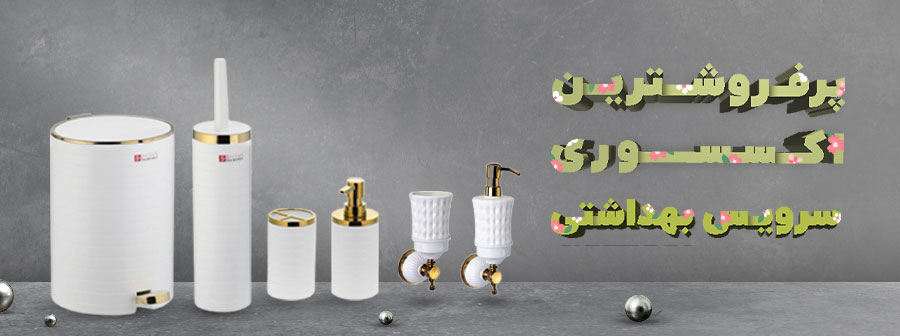
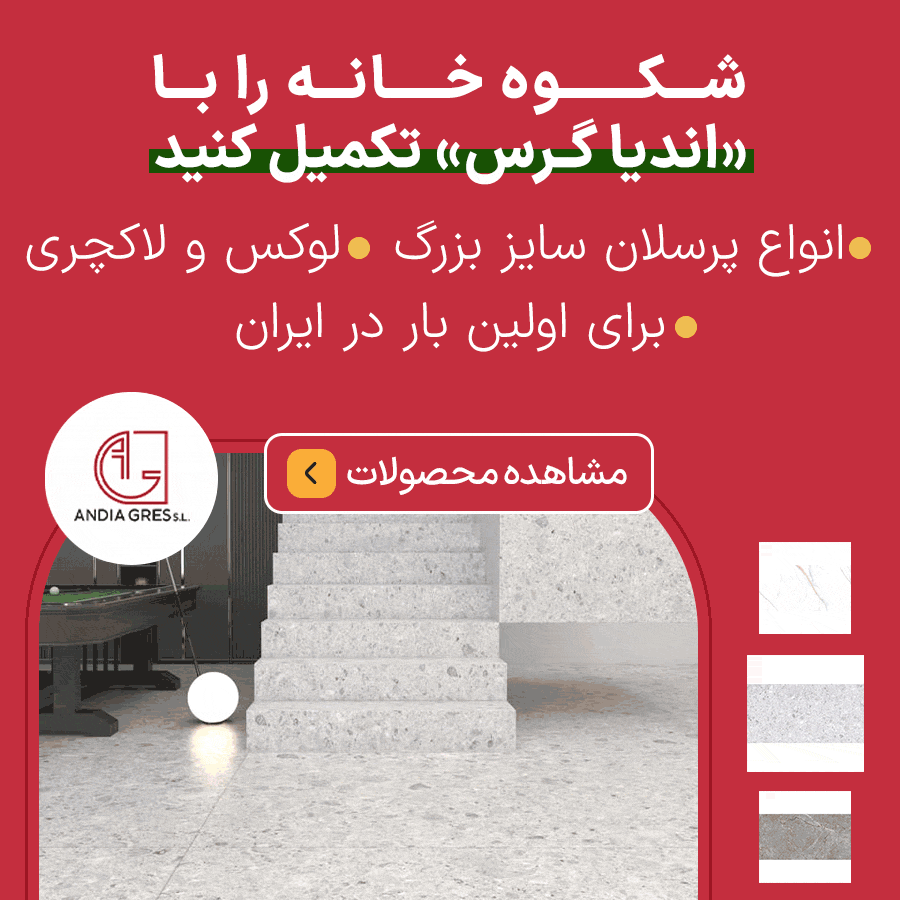
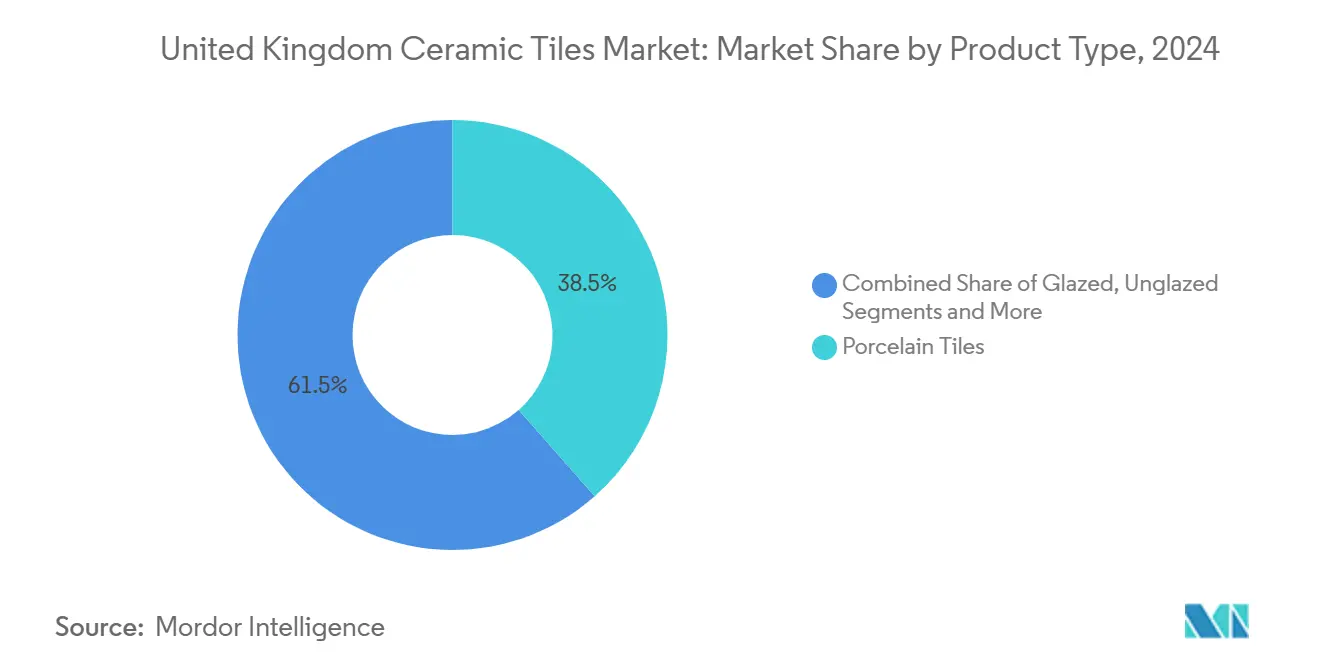



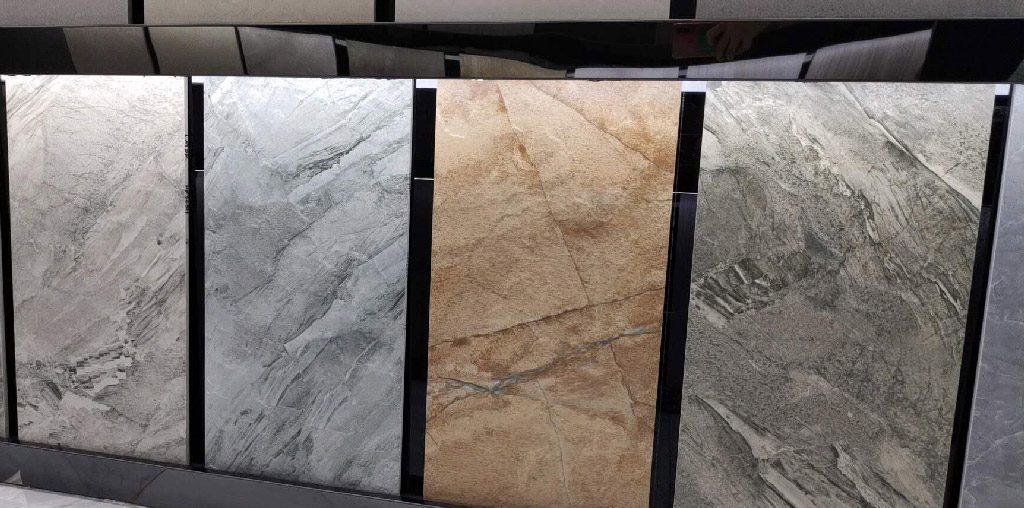
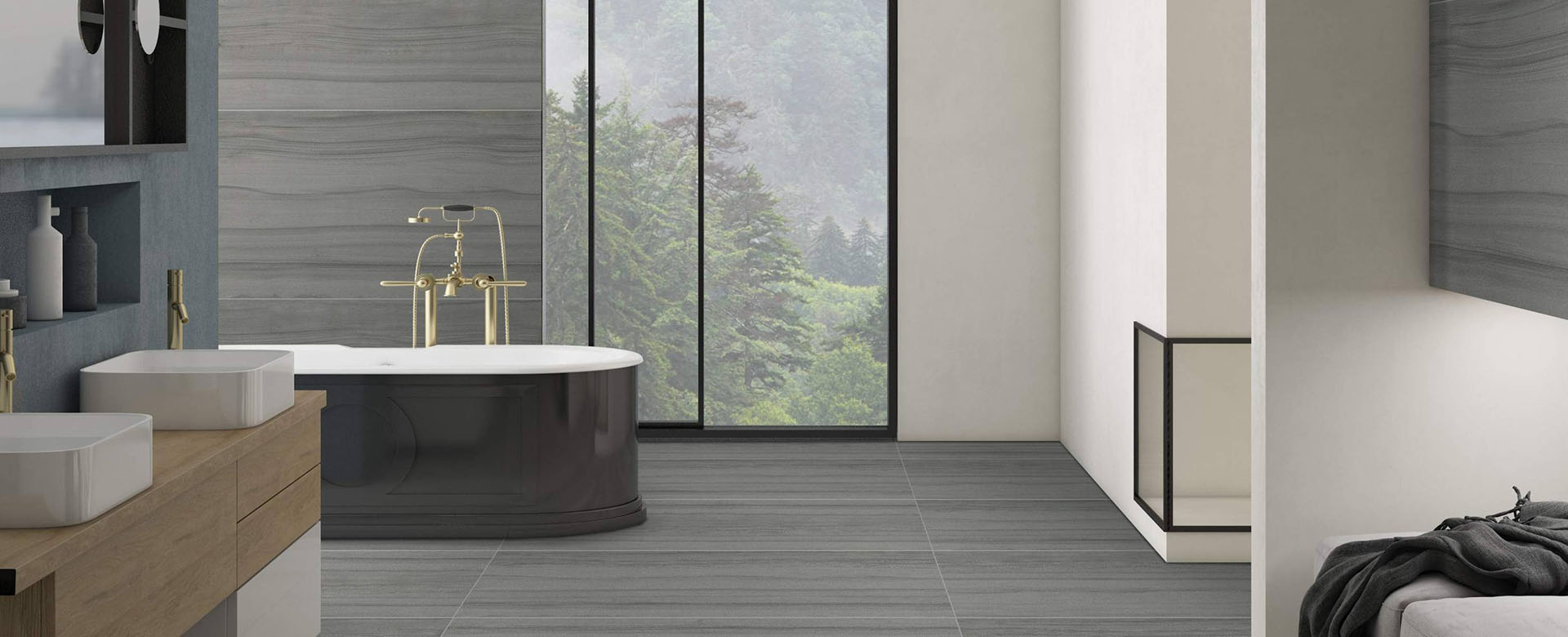
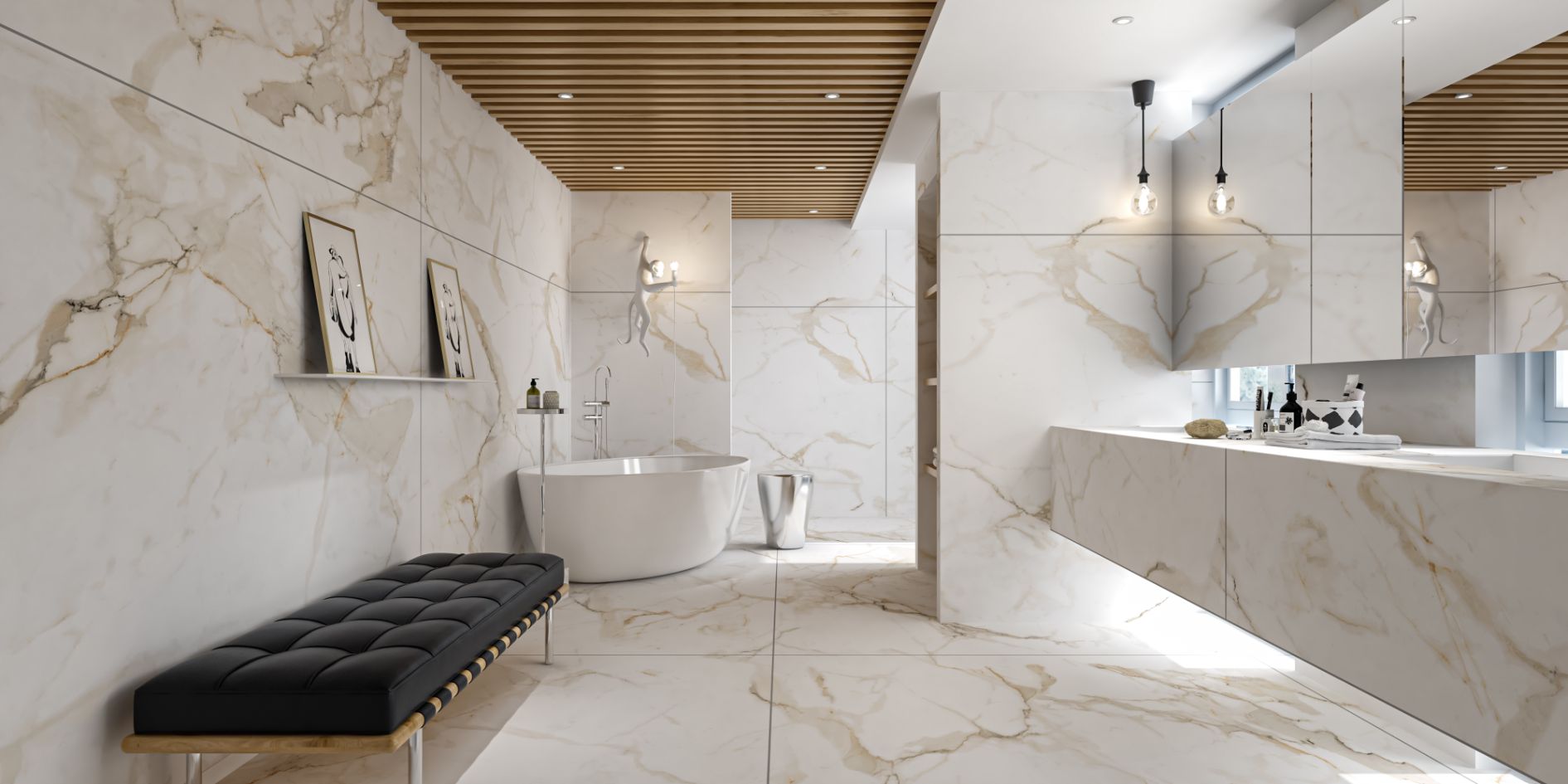
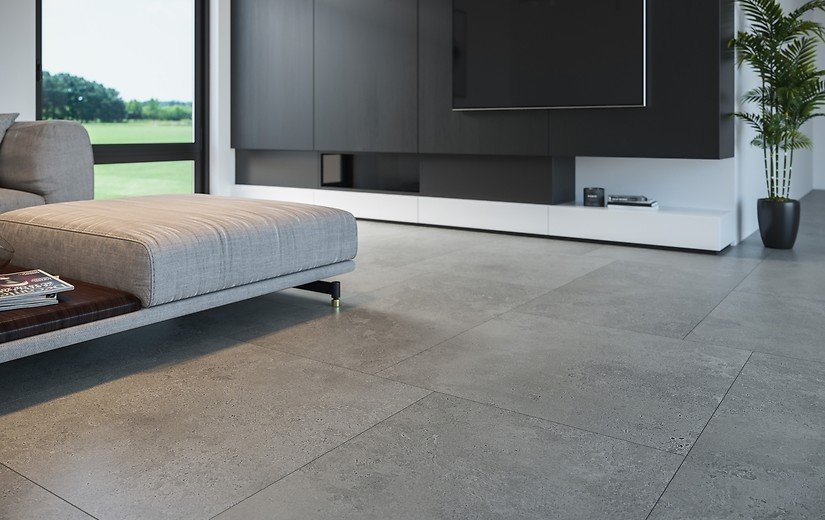
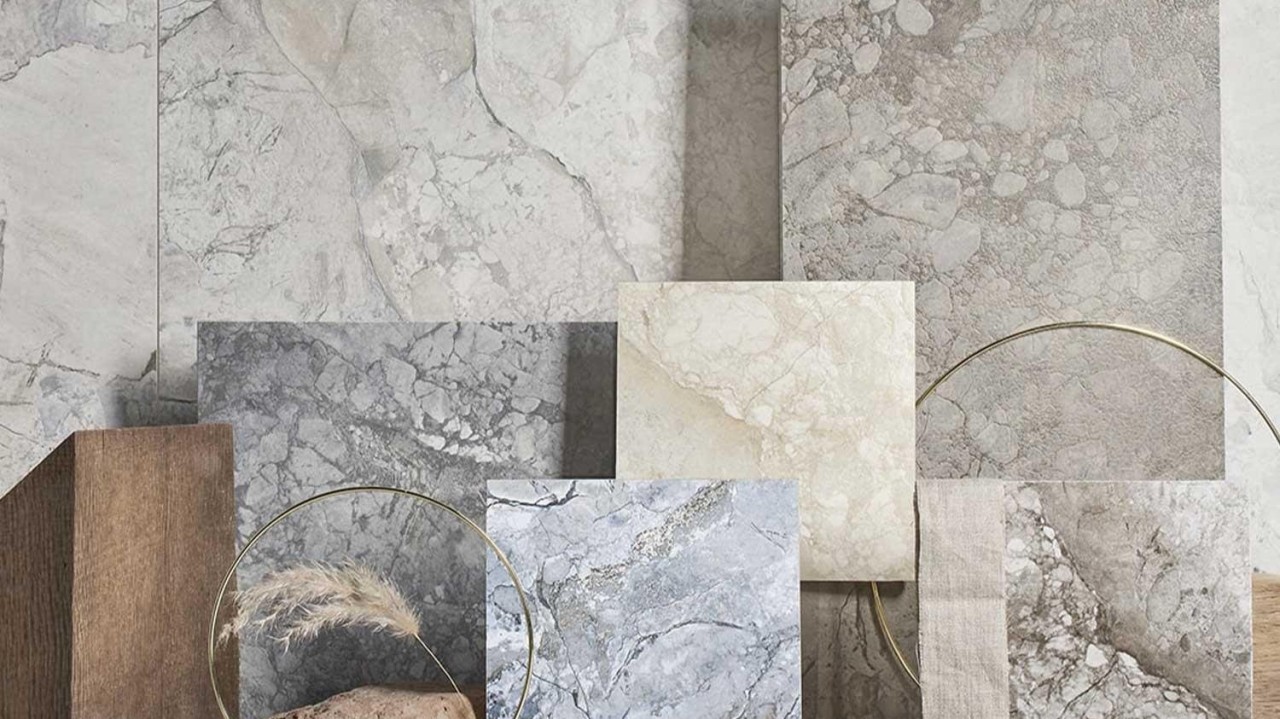
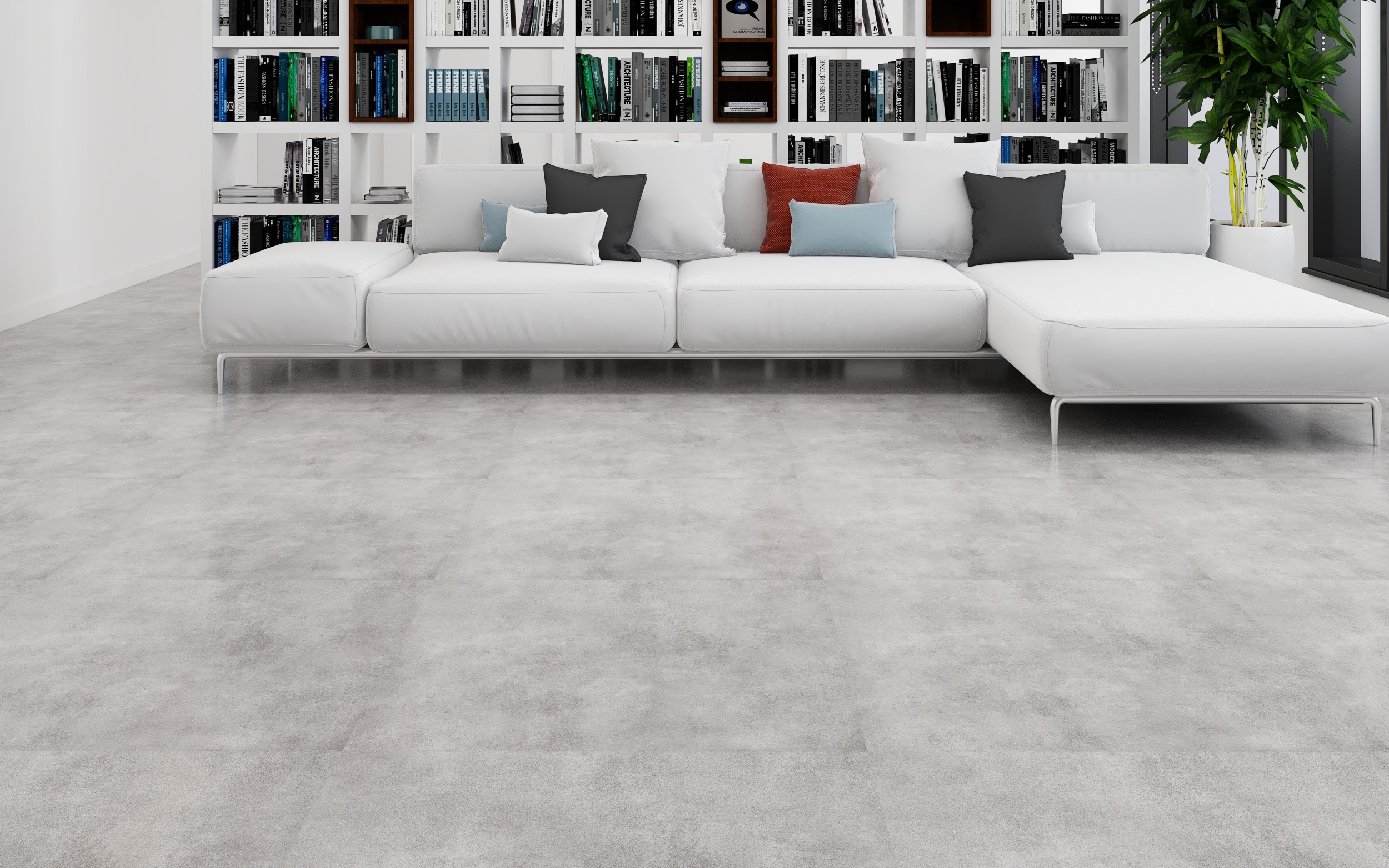
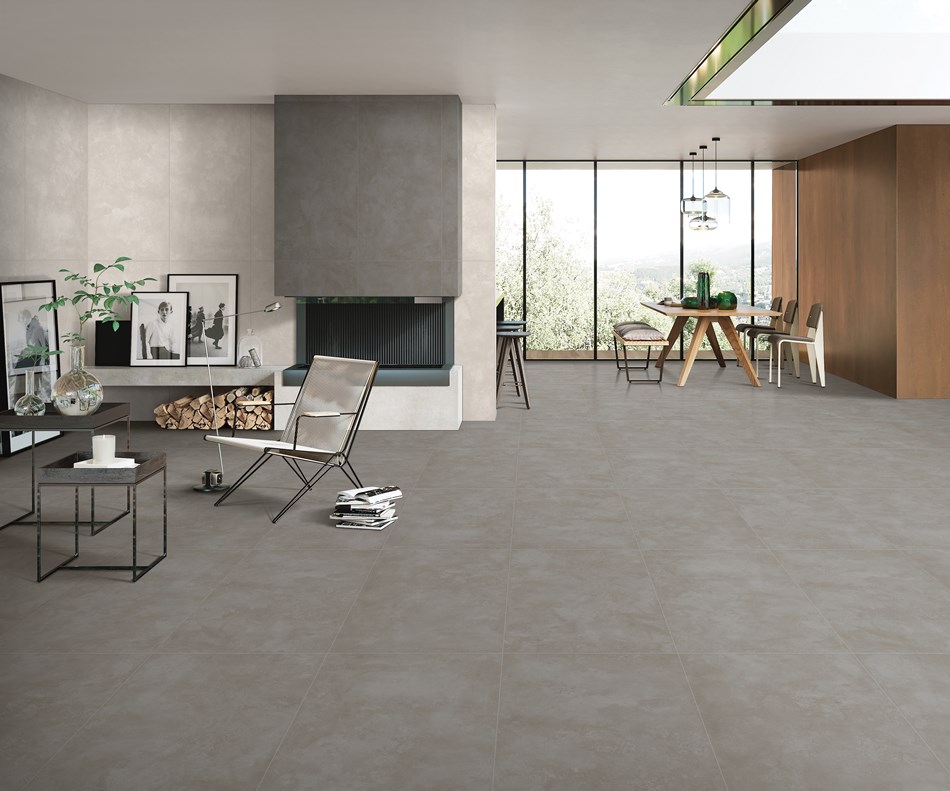
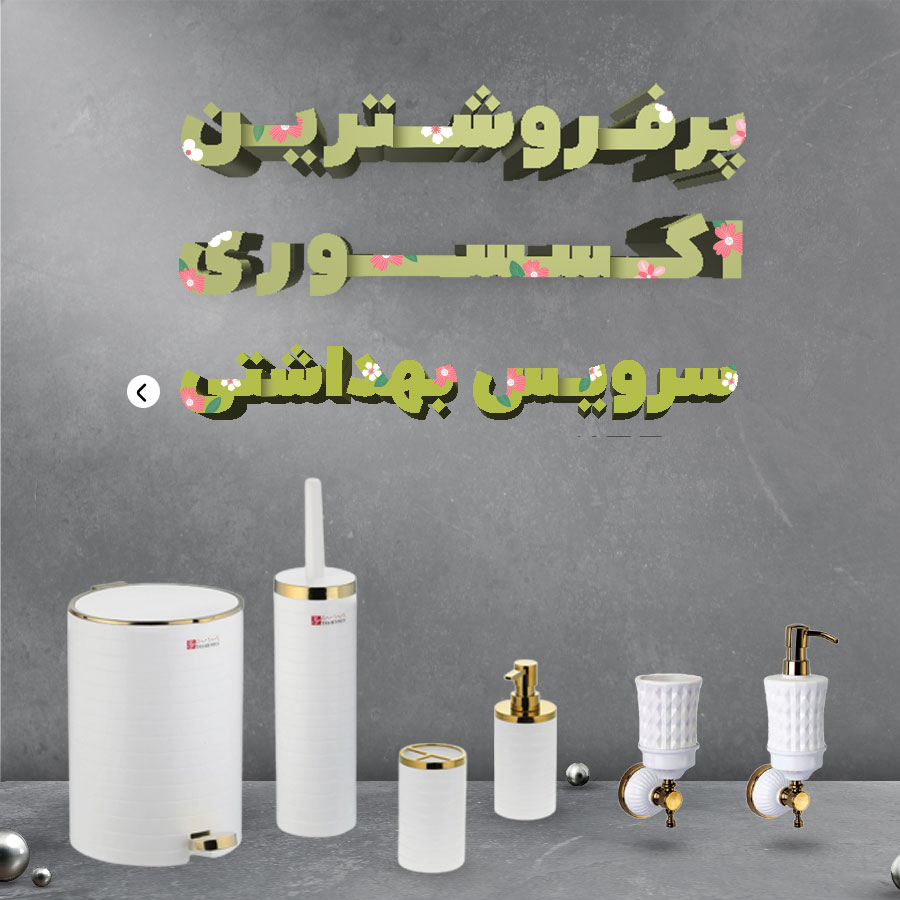

نظرات ۰